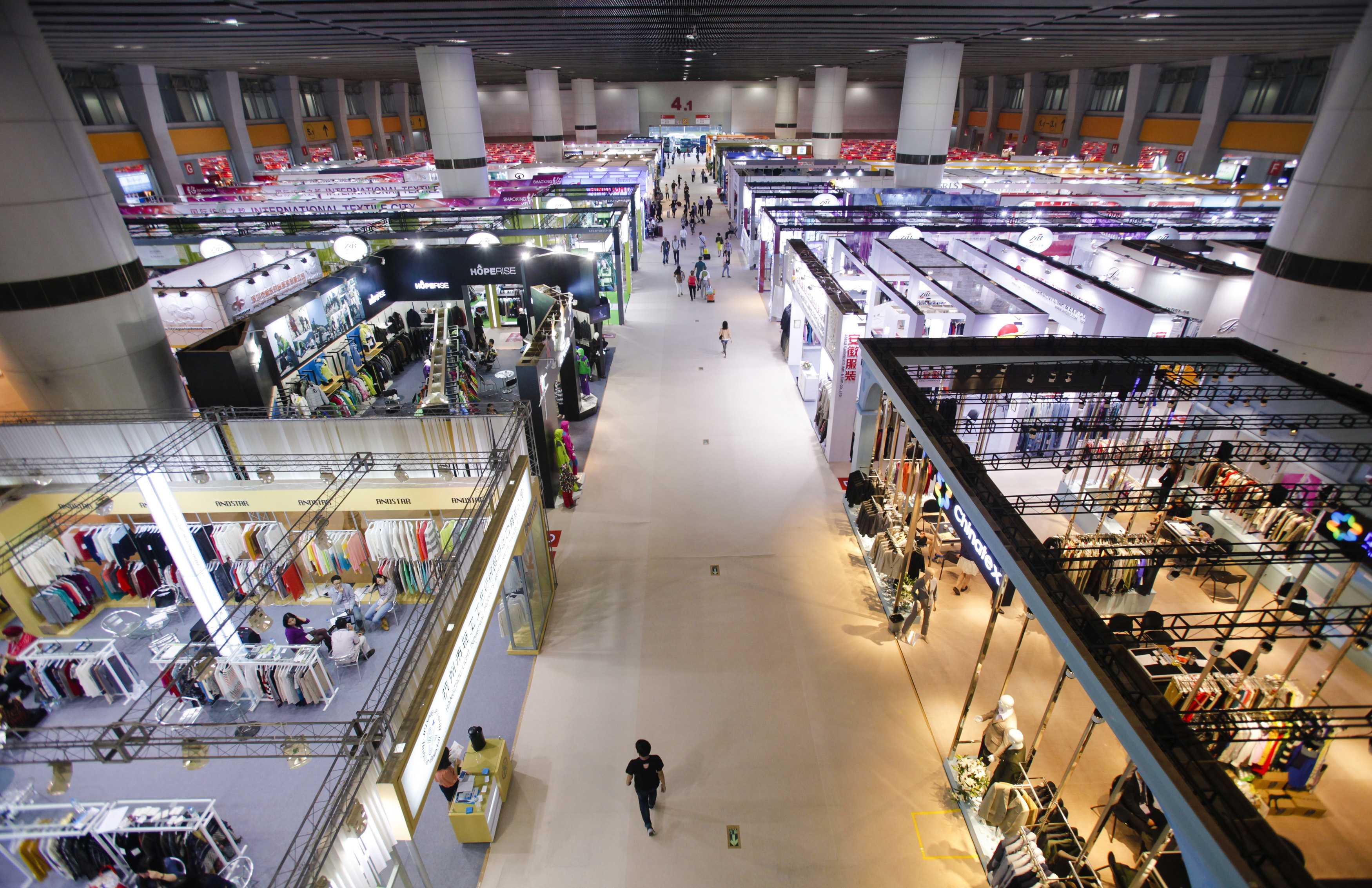China, Japan manufacturing returns to growth, but exports st
China Manufacturing Purchasing Managers' Index rose more than expected to 50.8 in June from May's final reading of 49.4

China Manufacturing Purchasing Managers' Index rose more than expected to 50.8 in June from May's final reading of 49.4
Bareksa.com - Manufacturing in China and Japan shrugged off months of decline and returned to growth in June as Beijing's targeted stimulus measures and Japan's improving labour market supported domestic demand in Asia's two largest economies.
External demand, however, remained weak for the two export powerhouses in a worrying sign that the United States and Europe may not be recovering as strongly as anticipated, meaning it could be difficult to rely on exports for growth.
The stakes are high for China, which may need more stimulus to offset a cooling housing market and avoid a hard landing. Japan's weak exports also take the gloss off the government's efforts to breathe new life into its economic reform agenda.
Promo Terbaru di Bareksa
"This month's improvement is consistent with data suggesting that the authorities' mini-stimulus is filtering through to the real economy," said Qu Hongbin, chief economist for China at HSBC, referring to a series of measures announced by the government in recent months to spur activity.
"We expect policymakers to continue their current path of accommodative policy stance until the recovery is sustained," he added.
The HSBC/Markit Flash China Manufacturing Purchasing Managers' Index rose more than expected to 50.8 in June from May's final reading of 49.4, beating a Reuters poll forecast of 49.7 and creeping above the 50-point level that separates growth in activity from contraction.
It was the first time since December that the PMI was in growth territory, and the highest reading since November, when it was also 50.8.
The flash PMI data is the earliest indicator in a month to help gauge the economic momentum and thus is closely watched by investors.
Asian stock markets and the Australian dollar firmed on the news.
China's preliminary factory reading for June indicates sequential growth could pick up to 1.8 percent in the second quarter from 1.4 percent in the first, Ting Lu, an economist at Bank of America-Merrill Lynch, said in a note to clients.
"We expect Beijing to continue rolling out more measures to stabilise growth," Lu added.
The sub-index for new orders, a proxy to measure domestic and foreign demand, rose to 51.8, the fastest pace in 15 months. Much of the increase appeared due to stronger domestic consumption, as growth in new export orders slowed sharply.
The Markit/JMMA flash Japan Manufacturing PMI rose to a seasonally adjusted 51.1 in June from a final reading of 49.9 in May, showing the first growth in three months.
Japan's new orders index jumped to 52.0 from 49.6, indicating consumers are shrugging off an increase in the nationwide sales tax on April 1 as strong demand for workers puts upward pressure on wages.
However, Japan's export orders continued to mildly contract, thwarting policymakers' hopes that exports will help the economy shift into a higher gear after the sales tax increase.
SUPPORTIVE MEASURES
China's government has unveiled a series of modest policy measures in recent months to give a lift to economic growth, which dipped to an 18-month low in the first quarter. These include targeted reserve requirement cuts for some banks to encourage more lending, quicker fiscal spending and hastening construction of railways and public housing projects.
But the recovery has been patchy.
Exports remain uneven as recoveries in the United States and the European Union do not appear to be giving their usual robust boost to export-reliant Asian economies.
Taiwan's exports grew an annual 1.4 percent in May, much less than the average estimate for 4.0 percent annual growth. Exports from South Korea and Japan also contracted in May as the region's major exporters stutter.
Japan's cabinet is set to approve on Tuesday an updated version of Prime Minister Shinzo Abe's economic growth strategy.
A draft of the package includes corporate tax cuts, measures to increase skilled foreign labour and female employees, but it lacks a major policy needed to convince investors that the government will change the economy's fundamental structure.
This task is all the more crucial, because the old model of relying on exports to prop up the economy no longer works as many Japanese firms have shifted production capacity overseas.
China is trying to wean itself from its old economic model of relying on fixed-asset investment, particularly in the real estate sector. The government has set an annual target for the economy to grow about 7.5 percent in 2014 and a recent Reuters poll found that economists expected growth of 7.3 percent for this year, which could be the weakest showing in 24 years. (Source : Reuters)
Pilihan Investasi di Bareksa
Klik produk untuk lihat lebih detail.
| Produk Eksklusif | Harga/Unit | 1 Bulan | 6 Bulan | YTD | 1 Tahun | 3 Tahun | 5 Tahun |
|---|---|---|---|---|---|---|---|
Trimegah Dana Tetap Syariah Kelas A | 1.384,88 | ||||||
Trimegah Dana Obligasi Nusantara | 1.095,38 | - | |||||
STAR Stable Amanah Sukuk autodebet | 1.084,98 | - | - | ||||
Capital Fixed Income Fund autodebet | 1.853,59 | ||||||
Insight Renewable Energy Fund | 2.287,69 |

Produk Belum Tersedia
Ayo daftar Bareksa SBN sekarang untuk bertransaksi ketika periode pembelian dibuka.

Produk Belum Tersedia
Ayo daftar Bareksa SBN sekarang untuk bertransaksi ketika periode pembelian dibuka.